by Michael Abraham-Fiallos
I am a messy person.
I am a messy person, and I don’t like to clean. My house testifies to this: cups in the sink, mail on the counter, books spilling off the windowsills, too much laundry in the bin, a scattering of incense dust on the coffee table alongside burnt out candles and ephemera (an old insurance card, jewelry, more books). About twice a month, I get fed up with myself and obsessively clean the house. Or company comes, and I scramble. But the rest of the time, I subsist in my mess. My psychiatrist thinks this is a matter of motivation, of the depressive side of manic depression. It is less that and more a matter of being a wanderer somewhere else, in a place wet with rain and glistening with wildflowers, in a place where the wind is always whistling, and the sun hangs perpetually low to the horizon, casting its light yellow and fragile past the hills and across the valley. This place is a place in my own head, a space where the eros in me dwells, where my capacity to bring things forth into the world exists, where the grand feelings and the big thoughts are. In the lull of the afternoon, I find myself at my keyboard exploring myself, and I forget to run the washing machine. Or, I take long walks in the daylight to get mired in thought, and the dishes be damned. When my husband arrives home from work, there is so much to tell him, so much to show him, which has been found or made or thought up—which has been brought forth—in the wandering, so much to hear from him that might provoke tomorrow’s wandering (all my best wandering has something to do with my husband).
Maybe what I mean is I’m lazy or perhaps distracted. It’s a cliché about scholars and writers (skola does, after all, mean “leisure”): so wrapped up in their minds that the external world around them fades into the background. In the matter of keeping house, I fit this cliché. However, there is more to keeping house than tidiness.
I have always thought it was a funny phrase: keeping house. What is one keeping? It seems to me that one is keeping something alive, keeping something kindled, as one does a flame with one’s hand. Something precious and vibrant is meant to be kept at the center of the home, as once, not so long ago, the hearth was kept stoked to keep the home warm and habitable. Upon thinking this, I went searching for what this something might be that one keeps alive or open or warm with one’s care and attention, went searching for what it is that makes a house a house. I found the answer, as I always seem to do, in the concept of love, but in a very peculiar and striking account of what love is: what the French feminist philosopher, Luce Irigaray, calls demonic love or sorcerer love. She explicates this concept in an essay titled “L’amour Sorcier: Lecture de Platon, Le Banquet, Discours de Diotime,” rendered in English by Eleanor H. Kuykendall as “Sorcerer Love: A reading of Plato’s Symposium, Diotima’s Speech.” It appears in a volume titled Luce Irigaray in French in 1984, and Kuykendall published her translation in 1989. Read more »
 One of my earliest memories was of Christmas Eve in 1954. I was about 3 or 4 years old, playing under a table at my grandmother’s house. My sister and a cousin were with me, playing with a small wooden crate filled with straw. The crate represents the manger in the stable in Bethlehem 1,954 years ago, where the animals welcomed the baby Jesus, since there were no rooms in the inn. We three kids were waiting for the adults to come to the table to join us for Wigilia, the traditional Christmas Eve feast, after which we would move to the living room, sing Polish Christmas Carols, and wait for an uncle disguised as Santa to arrive with presents for everyone.
One of my earliest memories was of Christmas Eve in 1954. I was about 3 or 4 years old, playing under a table at my grandmother’s house. My sister and a cousin were with me, playing with a small wooden crate filled with straw. The crate represents the manger in the stable in Bethlehem 1,954 years ago, where the animals welcomed the baby Jesus, since there were no rooms in the inn. We three kids were waiting for the adults to come to the table to join us for Wigilia, the traditional Christmas Eve feast, after which we would move to the living room, sing Polish Christmas Carols, and wait for an uncle disguised as Santa to arrive with presents for everyone.
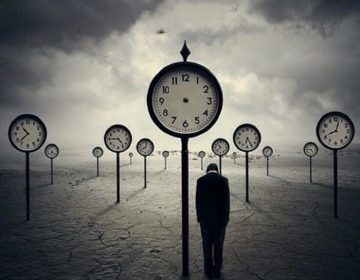 Over the years I have heard many stories about Mahalanobis. One relates to his youth. He and Sukumar Ray (Satyajit Ray’s father, a pioneer in Bengali literature of nonsense rhymes and gibberish) were the two contemporary Brahmo whiz kids active in literati circles. They used to arrange regular meetings at someone’s home for serious discussion. But as usually happens in such Bengali middle-class gatherings, much time was taken up in the serving and enjoyment of food delicacies. Mahalanobis objected to this and said this was leaving too little time for discussion. So he sternly announced that from now on no food should be served in the meeting. For the next couple of times people morosely accepted the rule. But Sukumar subverted it, by one time arriving a little early and persuading the food-preparers in the household (usually women) that for the sake of the morale in the meeting, food-serving should be resumed. By the time Mahalanobis arrived, everybody was relishing the delicacies, which infuriated him, but he gave up.
Over the years I have heard many stories about Mahalanobis. One relates to his youth. He and Sukumar Ray (Satyajit Ray’s father, a pioneer in Bengali literature of nonsense rhymes and gibberish) were the two contemporary Brahmo whiz kids active in literati circles. They used to arrange regular meetings at someone’s home for serious discussion. But as usually happens in such Bengali middle-class gatherings, much time was taken up in the serving and enjoyment of food delicacies. Mahalanobis objected to this and said this was leaving too little time for discussion. So he sternly announced that from now on no food should be served in the meeting. For the next couple of times people morosely accepted the rule. But Sukumar subverted it, by one time arriving a little early and persuading the food-preparers in the household (usually women) that for the sake of the morale in the meeting, food-serving should be resumed. By the time Mahalanobis arrived, everybody was relishing the delicacies, which infuriated him, but he gave up.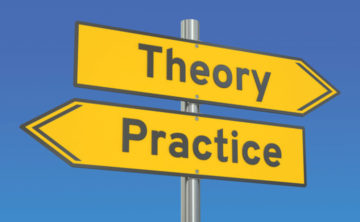
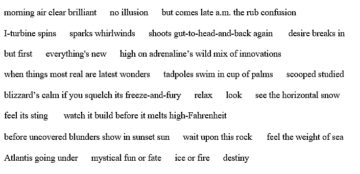
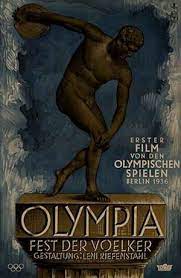
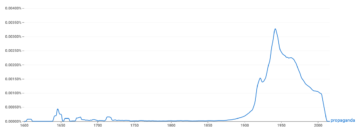
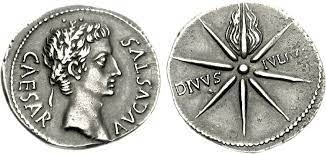

 Beauford Delaney. James Baldwin (Circa 1945-50).
Beauford Delaney. James Baldwin (Circa 1945-50). A couple of weeks ago, on the pages of this website,
A couple of weeks ago, on the pages of this website, 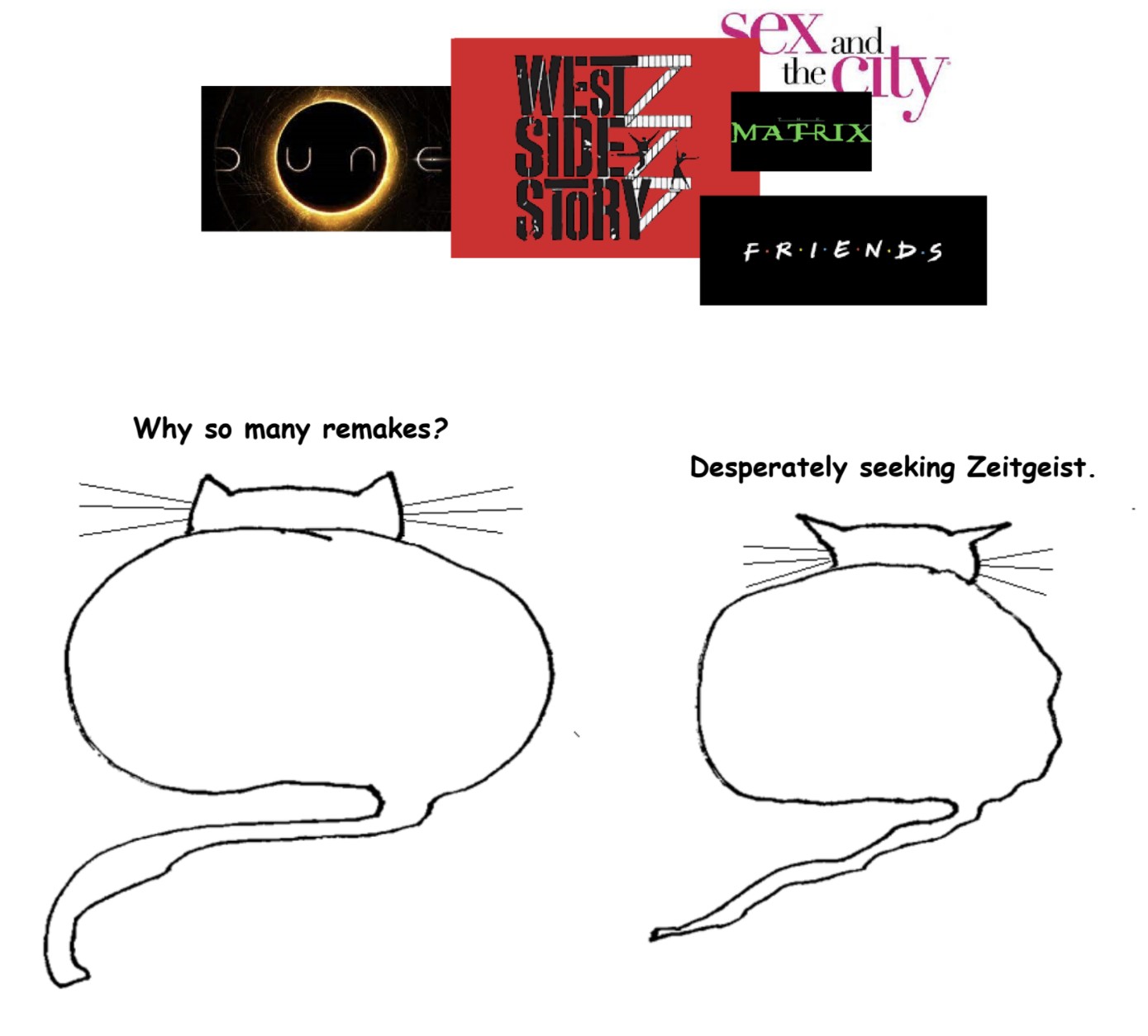
 One of those mysterious concepts that we use as a criterion for judging a novel or film is a “sense of place.” I call it mysterious because it’s so often poorly defined—we recognize it because we can feel it, but what goes into creating it? How can one go about transporting a reader, for example, into a time and place via text? I’m under the impression that if asked this question, most people would mention things like using the five senses to describe a character’s impressions of his or her surroundings, or providing detail via adjectives and adverbs. This may be a gross generalization, but it’s what I’ve gathered from my experience in creative writing courses. It’s also the sense I get from reading short stories in literary journals, which seem to be where aspiring writers publish their attempts at fiction. I often find this writing technically good, but lifeless; it has all the components of effective writing but doesn’t add up to anything compelling. I don’t mean to suggest that I could do better, but I do know what I enjoy reading and what I don’t.
One of those mysterious concepts that we use as a criterion for judging a novel or film is a “sense of place.” I call it mysterious because it’s so often poorly defined—we recognize it because we can feel it, but what goes into creating it? How can one go about transporting a reader, for example, into a time and place via text? I’m under the impression that if asked this question, most people would mention things like using the five senses to describe a character’s impressions of his or her surroundings, or providing detail via adjectives and adverbs. This may be a gross generalization, but it’s what I’ve gathered from my experience in creative writing courses. It’s also the sense I get from reading short stories in literary journals, which seem to be where aspiring writers publish their attempts at fiction. I often find this writing technically good, but lifeless; it has all the components of effective writing but doesn’t add up to anything compelling. I don’t mean to suggest that I could do better, but I do know what I enjoy reading and what I don’t.

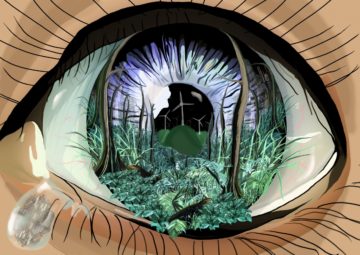 I began writing this series eighteen months ago to explore the human experience and human potential in the face of climate change, through the stories we tell. It’s been a remarkable journey for me as I followed trails of questions through new fields of ideas along entirely unexpected paths of enquiry. New vistas revealed themselves, sometimes perilous, always compelling. And so I went. The more I’ve learned, the more I’ve come to realize that our present environmental predicament is actually far worse off—that is to say, more threatening to near-term human wellbeing and civilizational integrity—than most of us recognize. This journey is changing me. So when I now look at contemporary works of fiction about climate change—so-called cli-fi, which I’d hoped might provide fresh insights—so much of it strikes me as somewhat underwhelming before the task: narrow, shallow, tepid, unimaginative, or even dishonest.
I began writing this series eighteen months ago to explore the human experience and human potential in the face of climate change, through the stories we tell. It’s been a remarkable journey for me as I followed trails of questions through new fields of ideas along entirely unexpected paths of enquiry. New vistas revealed themselves, sometimes perilous, always compelling. And so I went. The more I’ve learned, the more I’ve come to realize that our present environmental predicament is actually far worse off—that is to say, more threatening to near-term human wellbeing and civilizational integrity—than most of us recognize. This journey is changing me. So when I now look at contemporary works of fiction about climate change—so-called cli-fi, which I’d hoped might provide fresh insights—so much of it strikes me as somewhat underwhelming before the task: narrow, shallow, tepid, unimaginative, or even dishonest.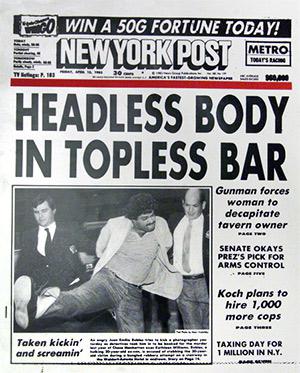 When I was growing up during the 1970s, America still had a vibrant and thriving newspaper culture. My hometown New York City boasted a half-dozen dailies to choose from, plus countless neighborhood newspapers. Me and other kids started reading newspapers in about the 5th grade. Sports sections, comics, and movie listings mostly, but still. By middle school, newspapers were all over the place, and not because teachers foisted them upon us, but because kids picked them up on the way to school and read them.
When I was growing up during the 1970s, America still had a vibrant and thriving newspaper culture. My hometown New York City boasted a half-dozen dailies to choose from, plus countless neighborhood newspapers. Me and other kids started reading newspapers in about the 5th grade. Sports sections, comics, and movie listings mostly, but still. By middle school, newspapers were all over the place, and not because teachers foisted them upon us, but because kids picked them up on the way to school and read them.